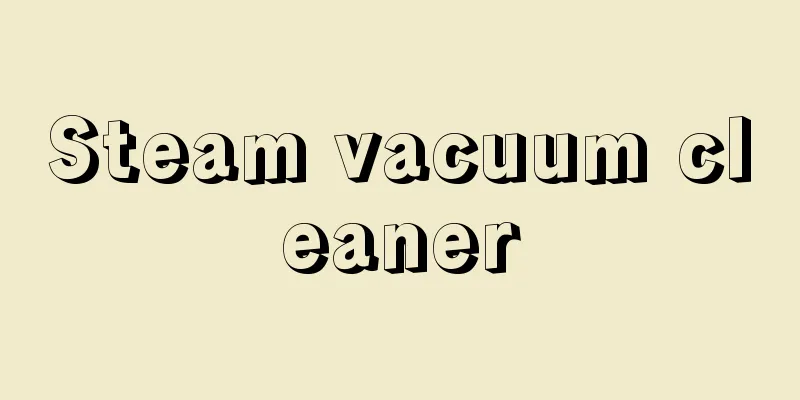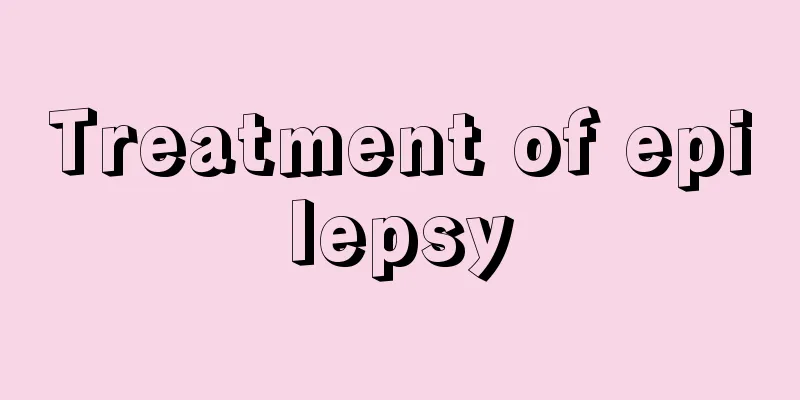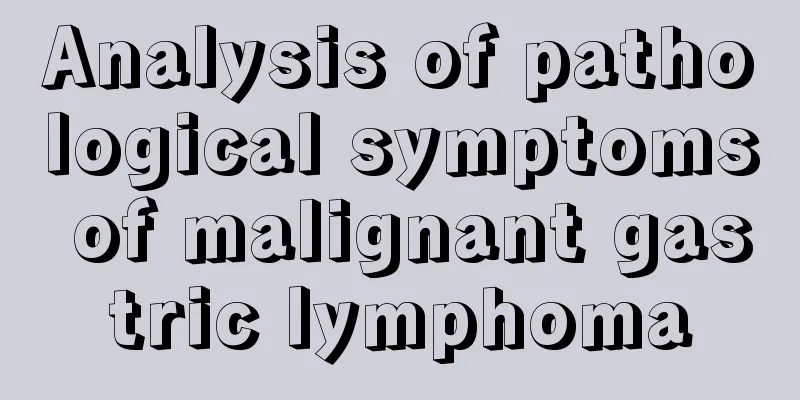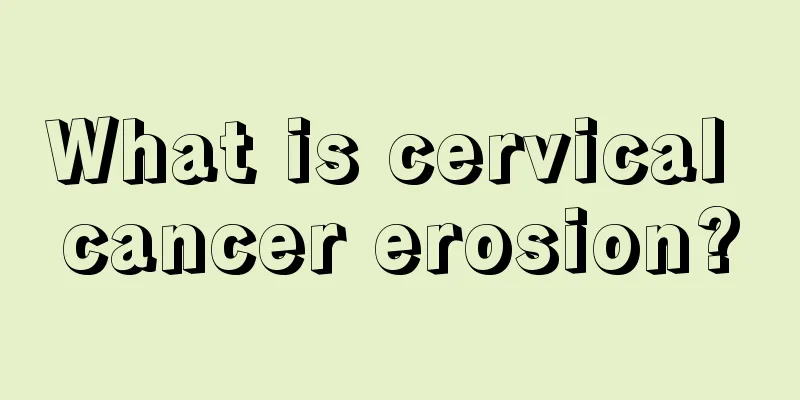What are the indicators for judging the efficacy of liver cancer? What are the important dietary precautions for liver cancer?
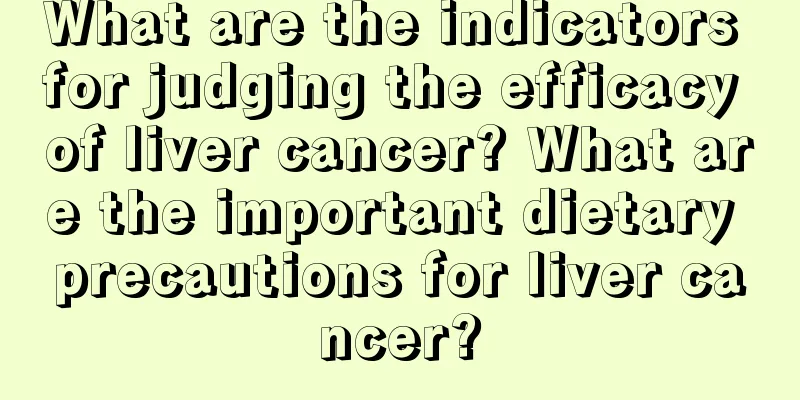
|
What are the indicators for judging the efficacy of liver cancer? There are two efficacy indicators for liver cancer: one is the survival indicator of liver cancer, and the other is the tumor response indicator. Survival indicators include overall survival (period) rate and tumor-free survival (period). Overall survival (period) rate refers to the survival time of patients or the percentage of survival in a specific time period. Regardless of whether the patient has a tumor or not, as long as they survive, they are calculated into the survival period or survival rate. The tumor-free survival (period) rate refers to the survival period of liver cancer patients in a tumor-free state after surgical resection or the survival rate in a specific time period. Another efficacy indicator for liver cancer is the tumor response indicator, which is mainly used to evaluate the efficacy of non-surgical resection methods. For example, after the application of hepatic artery embolization chemotherapy, whether the tumor shrinks or disappears completely is called complete remission, and the maximum diameter of the tumor shrinks by more than 30% is called partial remission. If the maximum diameter of the tumor shrinks by no more than 30% and increases by no more than 20%, it is called stable. If it increases by more than 20%, or new lesions appear, it is called disease progression. As for the treatment effect of liver cancer, it is currently believed that the most important efficacy indicator is the patient's overall survival, and whether the tumor shrinks is a secondary indicator. Although the patient's tumor has not shrunk, it is in a stable state and the patient may still survive for a long time. Such treatment is still effective; on the contrary, although the tumor has shrunk after some intense anti-tumor treatment, it will soon metastasize to multiple parts of the body or cause the failure of important organ functions due to the toxic reaction of the treatment. In this case, such treatment is ineffective and undesirable. What are the important dietary considerations for liver cancer? In the treatment and recovery process of liver cancer, the diet of liver cancer is very important. A scientific diet for liver cancer can help patients better accept treatment. So what are the common dietary precautions for liver cancer? Here are some common dietary precautions for liver cancer. In general, common dietary precautions for liver cancer are: 1. Balanced diet: Liver cancer patients consume a lot of energy, so their diet must be adequately nutritious. The simplest way to measure the nutritional status of patients is whether they can maintain their weight. To maintain a normal weight, the best way is to maintain a balanced diet, requiring patients to eat more fresh vegetables, and half of them should be green leafy vegetables. 2. Fat and protein: A high-fat diet can affect and aggravate the condition, while a low-fat diet can alleviate symptoms such as nausea, vomiting, and abdominal distension in patients with liver cancer. Patients with liver cancer have poor appetite and eat less. If they do not have a balanced diet, the diet for liver cancer must increase the calories of the meal and eat fats and sweets that are easy to digest and absorb, such as honey and royal jelly. Sucrose, vegetable oil, cream, etc. Patients with liver cancer should eat more protein-rich foods, especially high-quality protein, such as lean meat, eggs, beans, milk, etc., to prevent the reduction of albumin. However, in the late stage of liver cancer, when liver function is not good, protein intake should be controlled to avoid excessive protein intake that may induce hepatic encephalopathy. 3. Vitamins: Vitamins A, C, E, K, etc. all have certain auxiliary anti-tumor effects. Vitamin C is mainly found in fresh vegetables and fruits. Carotene can be converted into vitamin A after entering the human body, so the diet of liver cancer patients should include more animal liver, carrots, cauliflower, day lily, cabbage, figs, jujube, etc. At the same time, the diet of liver cancer patients should also include more fresh vegetables and fruits, such as radish, pumpkin, bamboo shoots, asparagus, apples, black plums, kiwis, etc. 4. Inorganic salts: minerals. Nutritionists divide inorganic salts into two categories: macroelements, such as calcium, sodium, potassium, phosphorus, iron, etc.; trace elements, such as selenium, zinc, iodine, copper, manganese, germanium, etc. Scientists have found that minerals such as selenium, magnesium, copper, magnesium, and iron have anti-cancer effects. The diet for liver cancer should contain more foods containing trace elements with anti-cancer effects, such as garlic, mushrooms, asparagus, corn, seaweed, kelp, seaweed, clams, marine fish, egg yolks, brown rice, beans, whole wheat noodles, nuts, pumpkin, Chinese cabbage, kohlrabi, animal liver, kidney, ginseng, wolfberry, yam, ganoderma lucidum, etc. |
Recommend
What are the early symptoms of lung cancer in children
The chance of children developing lung cancer is ...
What are the symptoms of mid-term brain metastasis of nasopharyngeal carcinoma and what to do
Like many other cancer diseases, nasopharyngeal c...
From which aspects can the differential diagnosis of hamartoma be made?
Due to ignorance of medicine, many diseases are n...
Do three-year-old babies need calcium supplements?
A three-year-old baby is in a stage of rapid deve...
Can I eat dragon fruit if I have high blood sugar?
Many friends think that pitaya has many benefits ...
Human immunodeficiency virus antibodies, do you know?
Immunodeficiency virus is a very rare disease, bu...
What to do if oil stains on clothes cannot be washed off
Facing difficult-to-remove oil stains in life is ...
Does bladder cancer T2 have a big impact on life expectancy?
The life expectancy of patients with T2 bladder c...
Can figs cause allergies?
Plants generally experience flowering and pollina...
How to clean your nose without picking it
In life, some people will have some nasal boogers...
What disease is the pain under the xiphoid process
If you feel pain under your xiphoid process, you ...
What medicine to take for bile duct stones
Liver and gallbladder diseases are very harmful t...
How should patients with cervical spondylosis choose pillows when sleeping?
We all need a pillow when we sleep. The height an...
What is the effect of washing your hair with Huoxiang Zhengqi water?
Huoxiang Zhengqi Water is a common medicine in ev...
What are the low-GI carbohydrate foods?
The topic of weight loss seems to have always bee...

